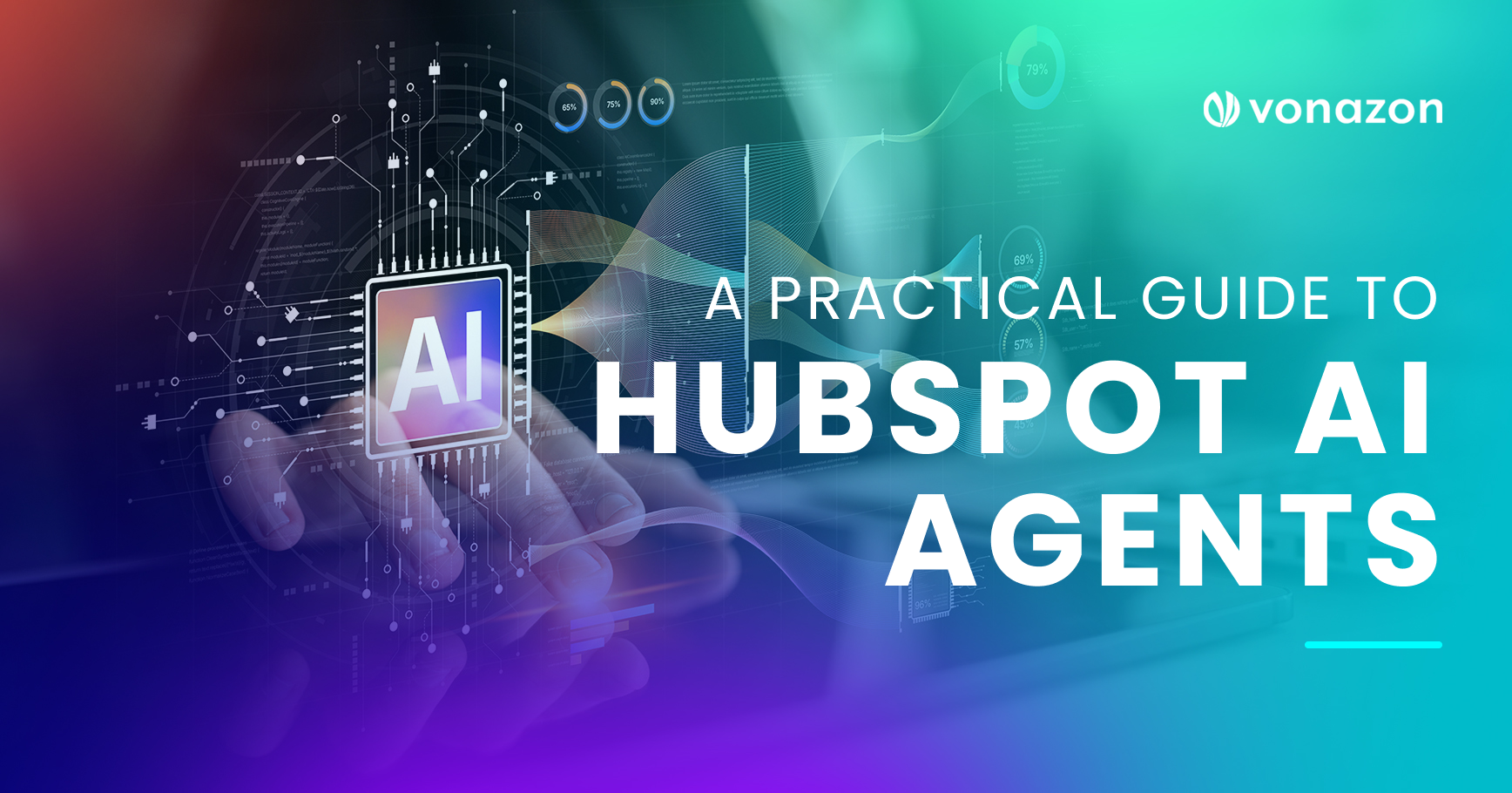The Most Common Marketing Automation Mistakes
Amongst the chaos of missed follow-ups, manual segmentation, and the soul-crushing work of duplicating emails in fifteen slightly different formats, marketing automation came charging in as our savior. Platforms like HubSpot, Marketo, and ActiveCampaign brought the promise of smarter, faster, and more scalable marketing.
And for the most part, it delivers.
But here’s the thing. A marketing automation platform is only as good as the strategy driving it. And too many teams still fall into the same traps, such as treating automation like a quick fix, not a long game. Instead of scaling quality interactions, they scale confusion. Or worse, they scale mediocrity.
Let’s break down the most common marketing automation mistakes we’ve seen (and helped fix) over the years, so your automation can start doing what it was built to do: generate real, repeatable growth.
Automating Before Strategizing
This is the marketing equivalent of buying a treadmill to get in shape… and then using it as a coat rack.
The mistake? Jumping straight into building workflows and email sequences without a solid strategy underneath. You can’t automate what you haven’t designed. And “more emails” isn’t a strategy.
Before you start wiring up if/then branches, ask:
??
What’s the customer journey you’re supporting?
??
Where are the biggest drop-off points in your funnel?A
??
What kind of value are you providing at each touchpoint?
If automation isn’t supporting a defined strategy, it’s just noise. Try starting small by building a lead nurture sequence for one persona. Validate it. Then expand.
Treating All Leads the Same
This one’s a classic. You capture a lead through a gated eBook download you worked so hard on creating, and they immediately get dumped into the same workflow as someone who requested a demo.
Two very different signals. One very confused and misguided lead.
Lead scoring exists for a reason. So does segmentation. And if you’re not using both, your automation will start to feel impersonal – or worse, pushy.
Of consumers say they only engage with marketing messages that are tailored to their interests.
Your workflows should reflect intent, behavior, and lifecycle stage, not just the form they filled out. A cold lead downloading a checklist needs nurturing. A sales-ready lead needs a rep, and quickly.
Over-Automating the Human Touch
There’s a special kind of irony in automation: just because you can automate it, doesn’t mean you should.
You’ve seen this mistake in the wild. It’s the email sequence that continues even after someone books a call. Or the birthday coupon that goes out after a customer churns. Or the chatbot that insists on helping you navigate the website… while you’re already on a live chat with support.
Automation should scale relevance, not replace humanity. Some moments require a real human response: apologies, escalation, customer delight. If your workflows don’t have escape hatches, or if they ignore real-time behavior, you’re not scaling efficiency, you’re just scaling awkward.
Audit your nurture workflows quarterly. Look for triggers that should suppress a contact or hand them off to a live human, and build those in.
Using Too Many Tools That Don’t Talk to Each Other
This one hits especially hard at the enterprise level. Your sales team lives in Salesforce. Your marketing team uses HubSpot. Your data team has built a custom dashboard in Looker, and your product team swears by a third-party analytics tool that hasn’t been updated since 2018.
Meanwhile, your automation is stuck in the middle, trying to pull clean signals from all of them.
Without a unified tech stack or clean integrations, your automation strategy is flying blind. You can’t segment by product usage if that data isn’t syncing. You can’t trigger a win-back sequence if your system doesn’t know the customer churned.
IN FACT
A 2023 report found that 44% of marketers say integrating data across platforms is their biggest challenge in marketing automation.
Our advice is to get serious about integrations. Map out your ecosystem, identify data gaps, and consider middleware tools like Zapier, Workato, or native HubSpot integrations to make your systems play nicely.
Failing to Personalize Beyond First Name
“Hi [First Name]” isn’t personalization. It’s the minimum viable effort, and modern consumers see right through it.
Real personalization means understanding what someone cares about, what stage they’re in, and what action they’re most likely to take next. That takes data. It takes segmentation. It takes dynamic content blocks and conditional logic.
And most importantly, it takes intention.
Sending the same CTA to a CMO and a junior marketing associate isn’t just lazy, it’s ineffective and leaves money on the table.
A recent study found that marketers who use advanced personalization see a 20% increase in sales.
Take the time to tailor your content. Use dynamic tokens, sure – but also think about messaging relevance, content paths, and product positioning. That’s where automation stops feeling robotic and starts feeling helpful.
Neglecting Lifecycle Stages
If all your workflows are focused on lead generation and MQL conversion, what happens post-sale? Or post-churn? Or to customers who’ve been around for five years but haven’t been touched in twelve months?
Marketing automation isn’t just a top-of-funnel tool. It should support the full customer lifecycle, from first touch to retention to reactivation.
You should have workflows for:
Onboarding new customers
Gathering reviews or testimonials
Upselling or cross-selling based on behavior
Re-engaging dormant contacts
Celebrating loyalty milestones
Retention is cheaper than acquisition. If you’re only automating the early stages, you’re missing the full ROI of your automation platform.
Ignoring Vital Metrics
You’ve automated five workflows, 30 emails, and tagged your entire CRM like a taxonomy PhD. But how’s it performing? If you’re only looking at open rates or email delivery, you’re missing the bigger picture.
You need to track:
Conversion rates by workflow
Time-to-MQL or time-to-close
Revenue per automation path
Churn rate on customers nurtured through automation
Engagement decay over time
Also, don’t just look at campaign-level metrics. Tie automation performance to business outcomes. That’s how you justify ROI and optimize over time.
Under-Investing in Onboarding and Training
One of the most preventable mistakes we see is skipping proper onboarding. People aren’t lazy, they’re just overwhelmed. Especially if they’re inheriting a bloated CRM, unclear naming conventions, and zero documentation.
You want your automation platform to scale? Train your team. Document your systems. Build playbooks. Establish guardrails.
Because when marketing, sales, and service teams are aligned on how automation works, and what it’s supposed to do, that’s when you get compounding returns.
Complexity Isn’t Sophistication
The most common mistake of all? Mistaking complexity for capability.
You can have the most elaborate workflows in your industry and still see weak results if they’re built on shaky assumptions. Or if they’re automating the wrong things. Or if your users don’t know how to navigate them.
Good marketing automation is simple, elegant, and focused. It’s designed around the customer experience, not internal silos. It makes the right move at the right time, and knows when to let a human step in.
Vonazon helps businesses implement, optimize, and elevate their marketing automation systems. Whether you’re trying to untangle a legacy system or launch with best practices from day one, our team knows how avoid these common marketing automation mistakes and build workflows that drive results.
Contact our expert team today to learn more about how we can help you leverage your marketing automation platform to its full potential.






